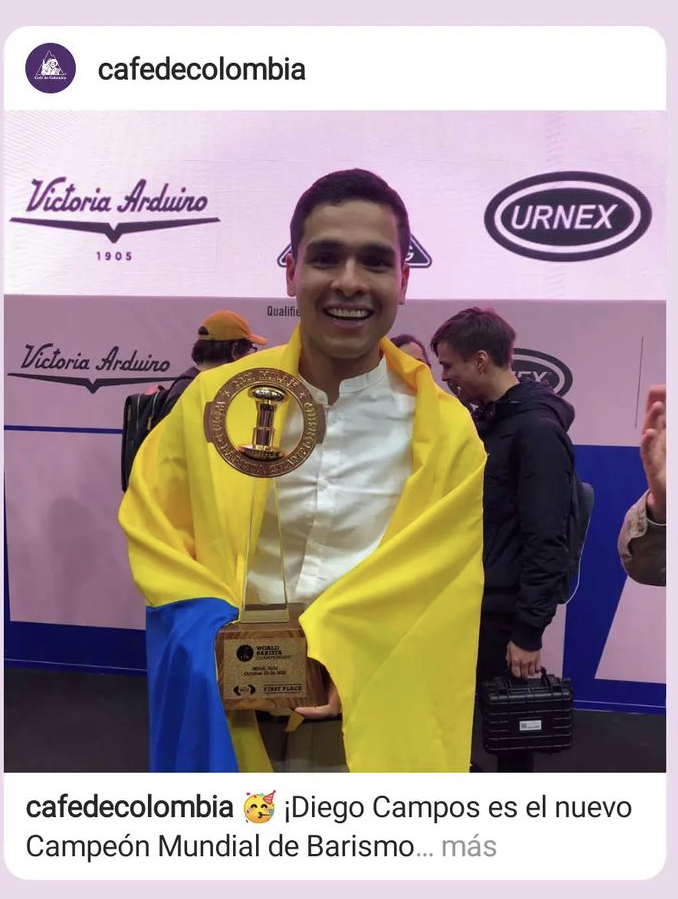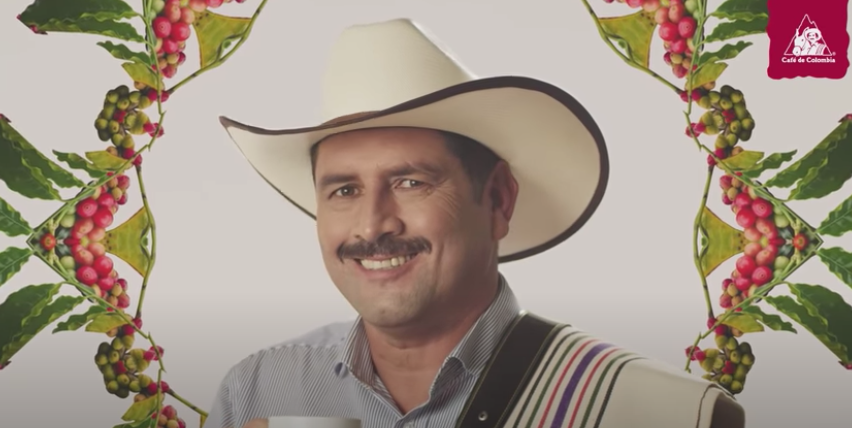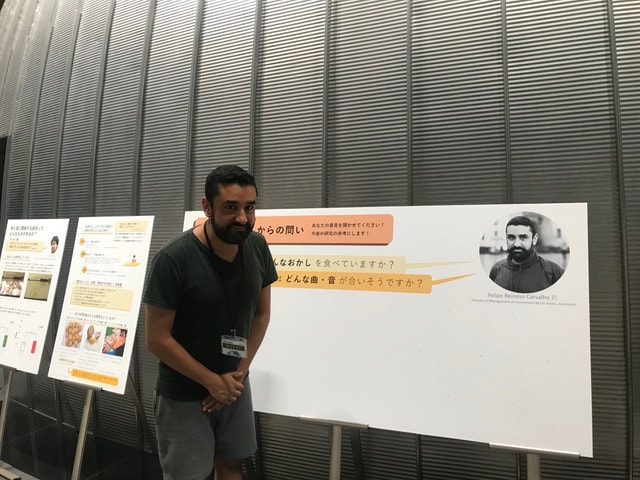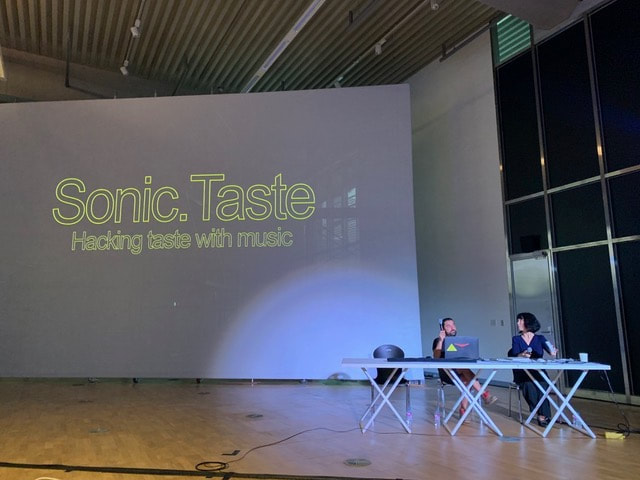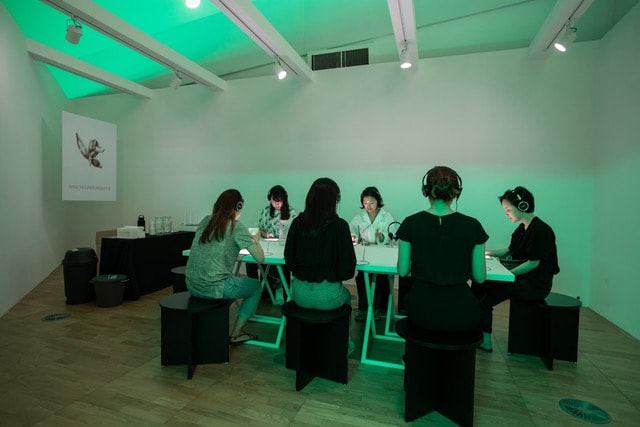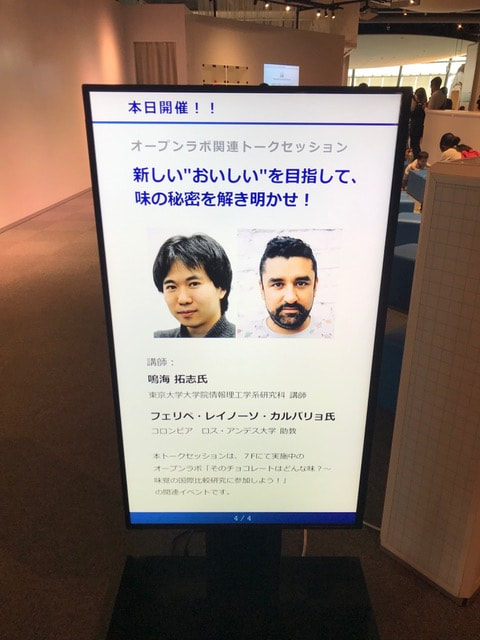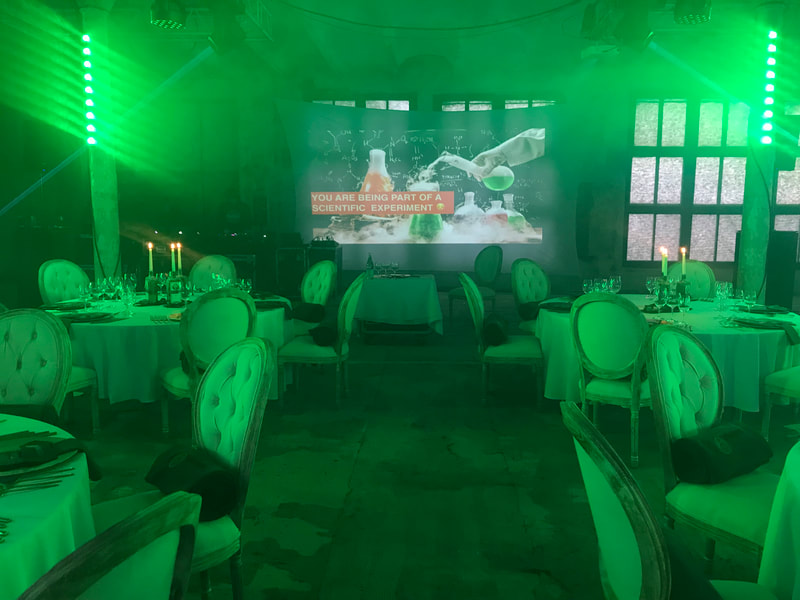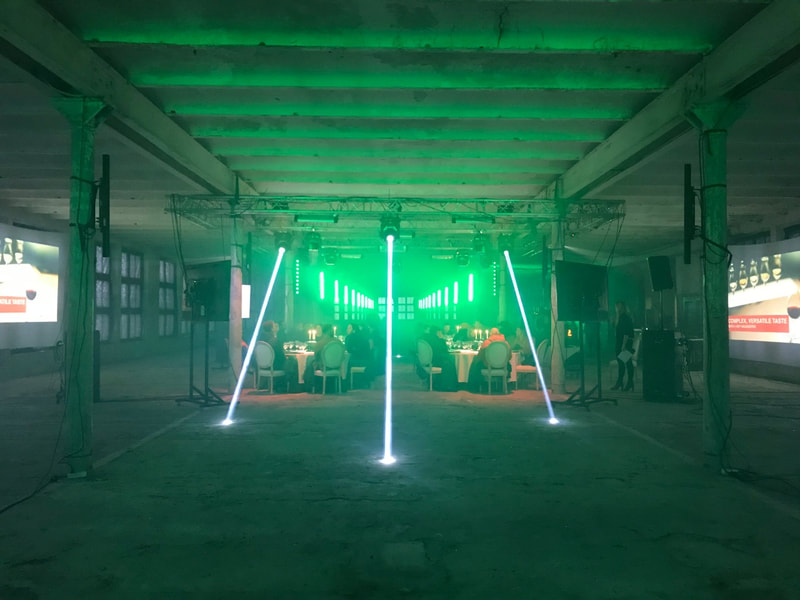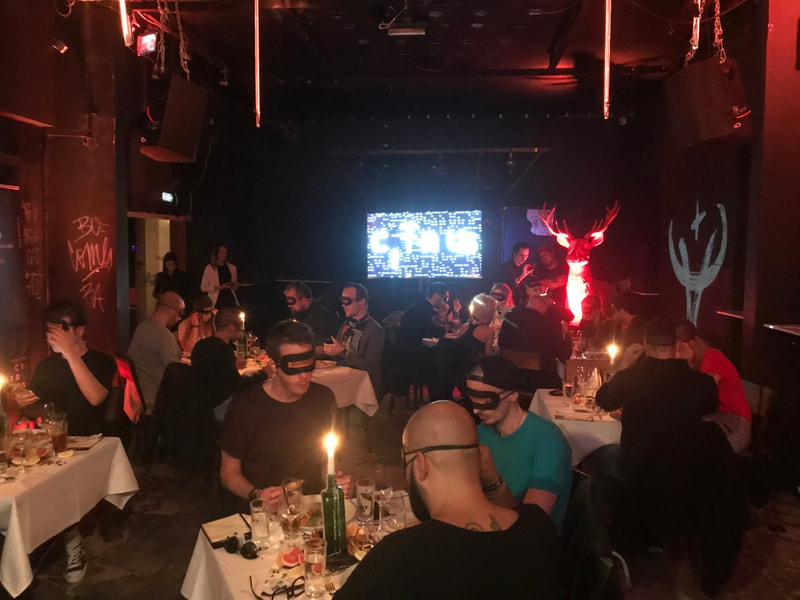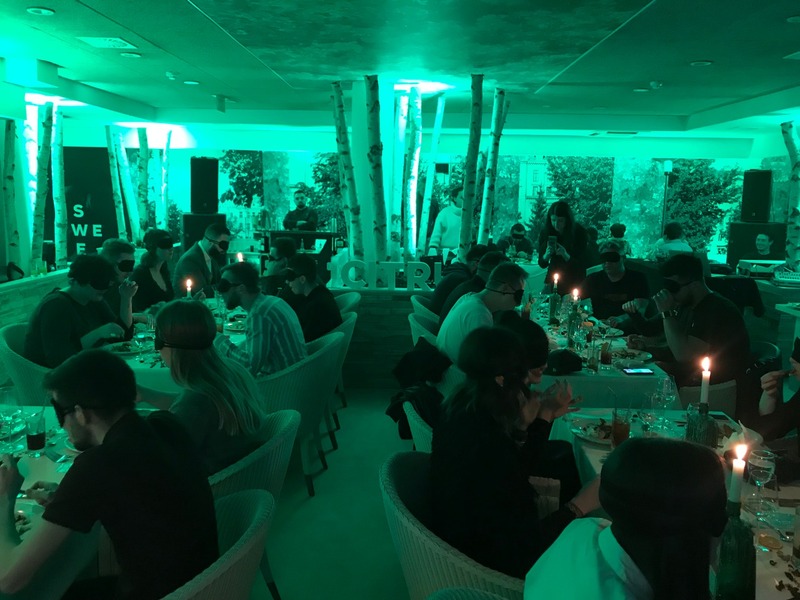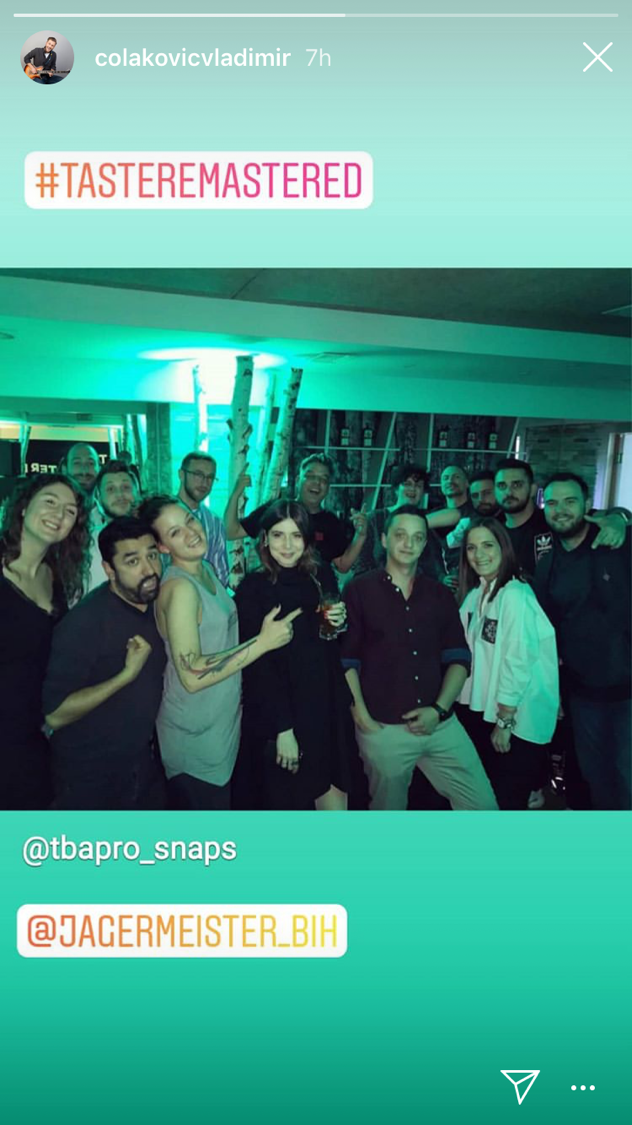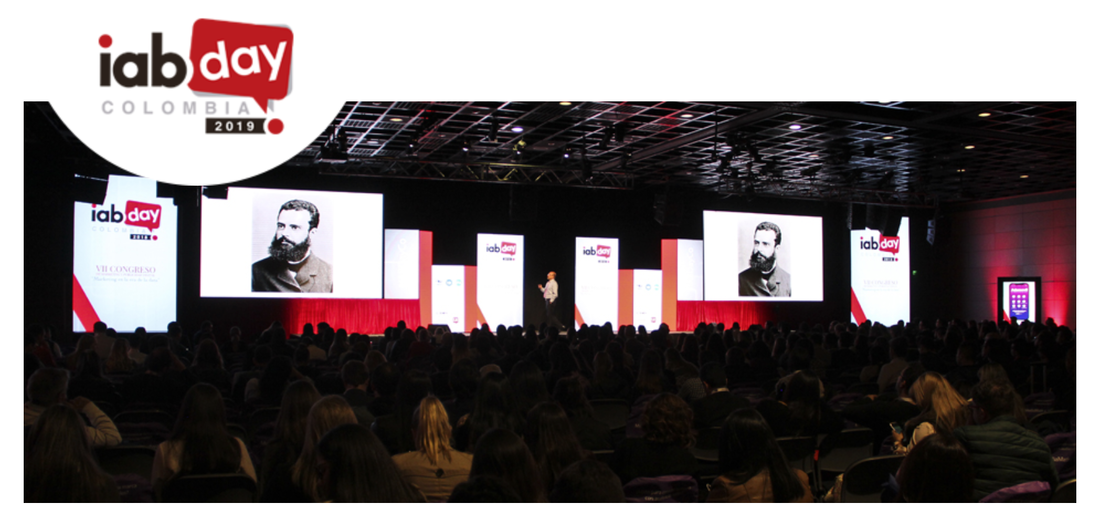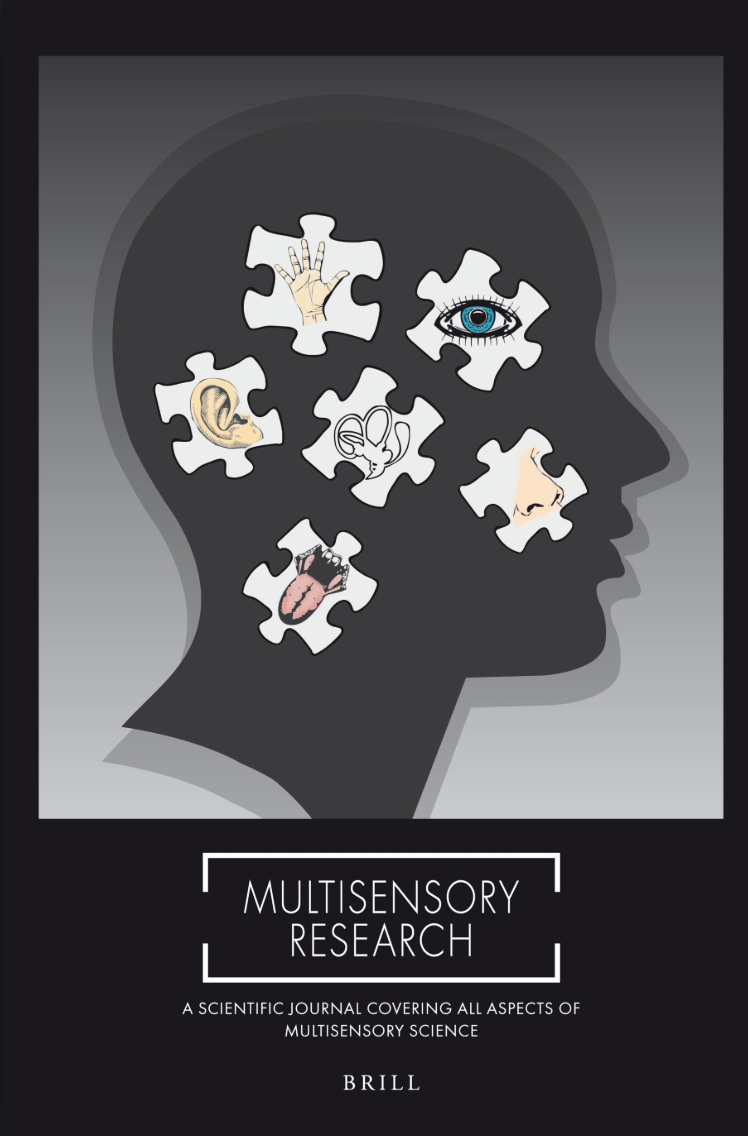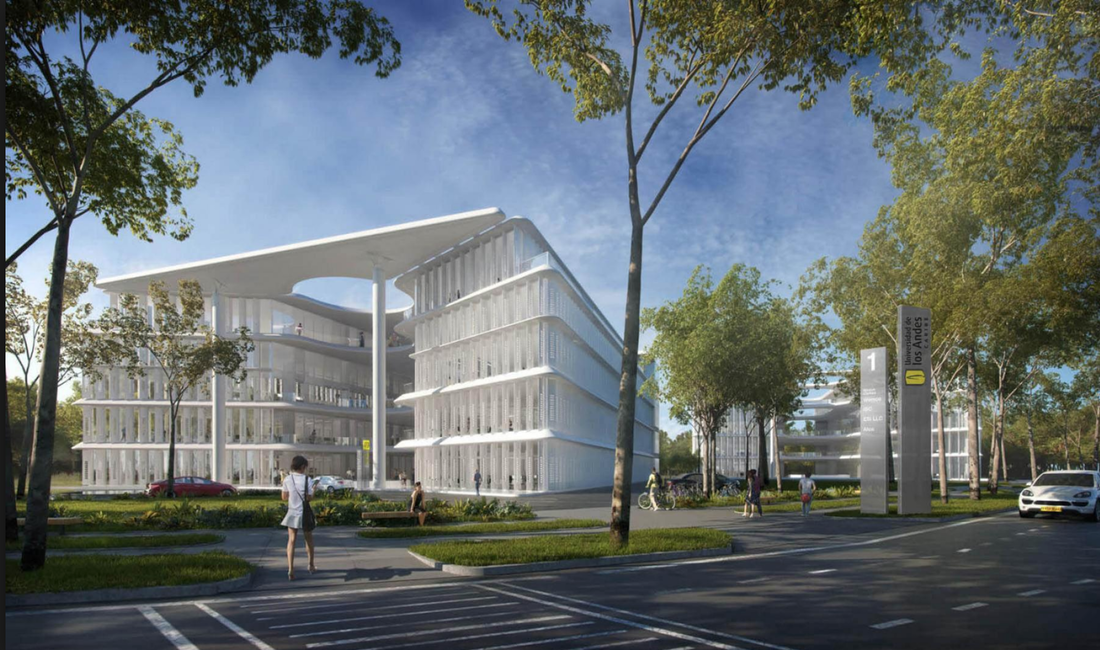This year's world barista championship went, for the first time, to a Latin-American, and Colombian, dream-team: Diego Campos, from Amor Perfecto Special Coffees.By late 2020, I had the opportunity to collaborate with Mccan and Café de Colombia, in order to produce an international campaign to promote the Juan Valdez brand in an innovative way. Here, they wanted to foment the consumption of Colombian coffee to young generations from developed countries, such as the USA, Korea, and Norway. For this, a song was created with multisensory perception in mind. It was a cool collaboration! I hope more brands are thinking about the idea of engaging their consumers through all of the senses. Here video of campaign, and some social media. Also, here some local and international press repercussion.
During the first semester of 2020, several projects are being delayed due to the COVID-19 situation. For now, happy to share that our 2019 collaboration in Asia allowed us to win the "7th knowledge Innovation Award Grand Prix", promoted by Knowledge Capital ! Very, very thankful for the opportunity. A cool collaboration that also started recently is a quarterly column dedicated to discuss science in marketing at P&M mag. The content will be co-produced with colleagues at Uniandes. For the moment, cooking R&D ideas from home... also happy for being invited to teach virtual courses in consumer behavior and sensory marketing as guest scholar in a couple of MsC European programs. 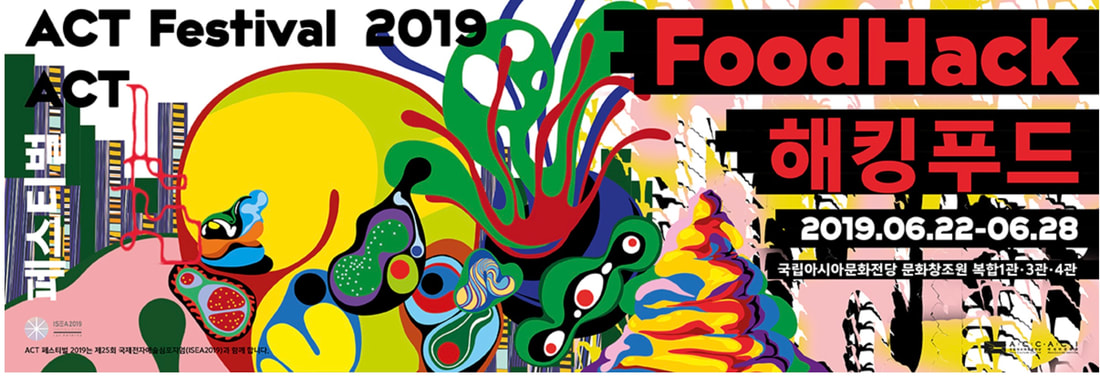 During June & July, 2019, I gathered some data - and spoke about my research - around Korea and Japan. In Korea, my experiments were conducted as part of the ISEA 2019 & ACT Festival 2019. ACT's this year's topic was Food Hack! Here VIDEO 1 and VIDEO 2 showcases of festival. In Japan, I conducted my experiments as a one-week science workshop at the Miraikan Museum. I would like to thank my colleagues from the Cyber Interface Lab for facilitating this journey (especially Prof. Takuji Narumi), as well as all the crew involved in this production process (including the colleagues from ACC and Knowledge Capital). In 2018, I started to collaborate with Jagermeister during the design, production, and implementation of a new marketing campaign : Jagermeister Taste Remastered, Here, we created 4 sound cues to enhance the tasting experience of this worldwide famous liquor. The idea is that Jagermeister consumers can experience this multisensory journey by themselves via the campaign's website, while sharing their experiences through social networks. The production of the music was made in collaboration with Sam Shure, an upcoming German DJ based in Berlin. The concept was co-created with AKQA/Berlin, and the campaign was managed by the global-marketing crew of Jagermeister. We complemented the launching strategy of the campaign by offering in-situ multisensory tasting demonstrations to local influencers. The organization of these events is being coordinated with local/regional Jagermeister distributors. We started with a successful pilot conducted in Berlin around November 2018, followed by 5 events in eastern-European capitals during April, 2019 (below some pics). I intend to use the music produced for this campaign to run a robust scientific experiment, in order to further validate how this music is enhancing Jagermeister's tasting experience. I was honoured with opportunity to put my R&D work into practice in collaboration with such an important and innovative brand -> PROST!
During the 24th April, 2019, I will be sharing with practitioners from advertising as a speaker at the IABDay. The topic of this year's conference is on how to build brands during the economics "abundance".
I was honoured by the invitation since IAB is as well-known worldwide institution that helps directing the standards of the online advertising industry.
At KU Leuven, we are designing intelligent solutions in order to
retrieve music that enhances the tasting experience of food and beverages. We also organise and conduct sophisticated multisensory tasting events, as a showcase for discussing and engaging different stakeholders towards the potential value of these ideas. Check the video of our latest event, where we had important stakeholders from Belgium as our guests.
During 2018 I collaborated with a German brand, and they will soon launch a new multisensory tasting experience. In the meanwhile, it is always nice to remember previous successful collaborations with the public and private sectors : The Sound of Chocolate , a new way of experiencing Belgian chocolate, through music.
CALL FOR PAPERS: |
| Deadline for submissions 1st December, 2018. Queries regarding the suitability of specific submissions etc. should be directed in the first instance to [email protected] . Edited by Prof Charles Spence (University of Oxford), Dr. Felipe Reinoso Carvalho (Los Andes University / KU Leuven), Dr. Carlos Velasco (BI Norwegian Business School, Norway) & Dr. Janice Wang (Department of Food Science, Aarhus University, Denmark). |
REFERENCES:
Biswas, D., Lund, K., & Szocs, C. (2018). Sounds like a healthy retail atmospheric strategy: Effects of ambient music and background noise on food sales. Journal of the Academy of Marketing Science, 1-19.
Callan, A., Callan, D., & Ando, H. (2018). Differential effects of music and pictures on taste perception –an fMRI study. Poster presented at theAnnual Meeting of the International Multisensory Research Forum. June, 14-17th June, Toronto, CA.
Crisinel, A.-S., Cosser, S., King, S., Jones, R., Petrie, J., & Spence, C. (2012). A bittersweet symphony: Systematically modulating the taste of food by changing the sonic properties of the soundtrack playing in the background. Food Quality and Preference, 24, 201-204.
Hauck, P., & Hecht, H. (in press). Having a drink with Tchaikovsky: The crossmodal influence of background music on the taste of beverages.Multisensory Research.
Höchenberger, R., & Ohla, K. (in press). A bittersweet symphony: Evidence for taste‐sound correspondences without effects on taste quality‐specific perception. Journal of Neuroscience Research.
Kantono, K., Hamid, N., Sheperd, D., Yoo, M. J. Y., Carr, B. T., & Grazioli, G. (2015). The effect of background music on food pleasantness ratings. Psychology of Music, 13, 1-15.
Kantono, K., Hamid, N., Sheperd, D., Yoo, M. J. Y., Grazioli, G., & Carr, T. (2016). Listening to music can influence hedonic and sensory perceptions of gelati. Appetite, 100, 244-255.
Lowe, M., Ringler, C., & Haws, K. (2018). An overture to overeating: The cross-modal effects of acoustic pitch on food preferences and serving behaviour. Appetite, 123, 128-134.
Pettit, L. A. (1958). The influence of test location and accompanying sound in flavor preference testing of tomato juice. Food Technology, 12, 55-57.
Reinoso Carvalho, F., Van Ee, R., Rychtarikova, M., Touhafi, A., Steenhaut, K., Persoone, D., Spence, C., & Leman, M. (2015). Does music influence the multisensory tasting experience? Journal of Sensory Studies, 30(5), 404-412.
Spence, C. (2014). Noise and its impact on the perception of food and drink. Flavour, 3:9.
Spence, C. (2015d). Eating with our ears: Assessing the importance of the sounds of consumption to our perception and enjoyment of multisensory flavour experiences. Flavour, 4:3.
Spence, C. (2019). Multisensory experiential wine marketing. Food Quality & Preference, 71, 106-116.
Wang, Q. (J.) & Spence, C. (2016). “Striking a sour note”: Assessing the influence of consonant and dissonant music on taste perception.Multisensory Research, 30, 195-208.
Watson, Q. J., & Gunter, K. L. (2017). Trombones elicit bitter more strongly than do clarinets: A partial replication of three studies of Crisinel and Spence. Multisensory Research, 30(3-5), 321-335.
Zellner, D., Geller, T., Lyons, S., Pyper, A., & Riaz, K. (2017). Ethnic congruence of music and food affects food selection but not liking. Food Quality & Preference, 56, Part A, 126-129.
Biswas, D., Lund, K., & Szocs, C. (2018). Sounds like a healthy retail atmospheric strategy: Effects of ambient music and background noise on food sales. Journal of the Academy of Marketing Science, 1-19.
Callan, A., Callan, D., & Ando, H. (2018). Differential effects of music and pictures on taste perception –an fMRI study. Poster presented at theAnnual Meeting of the International Multisensory Research Forum. June, 14-17th June, Toronto, CA.
Crisinel, A.-S., Cosser, S., King, S., Jones, R., Petrie, J., & Spence, C. (2012). A bittersweet symphony: Systematically modulating the taste of food by changing the sonic properties of the soundtrack playing in the background. Food Quality and Preference, 24, 201-204.
Hauck, P., & Hecht, H. (in press). Having a drink with Tchaikovsky: The crossmodal influence of background music on the taste of beverages.Multisensory Research.
Höchenberger, R., & Ohla, K. (in press). A bittersweet symphony: Evidence for taste‐sound correspondences without effects on taste quality‐specific perception. Journal of Neuroscience Research.
Kantono, K., Hamid, N., Sheperd, D., Yoo, M. J. Y., Carr, B. T., & Grazioli, G. (2015). The effect of background music on food pleasantness ratings. Psychology of Music, 13, 1-15.
Kantono, K., Hamid, N., Sheperd, D., Yoo, M. J. Y., Grazioli, G., & Carr, T. (2016). Listening to music can influence hedonic and sensory perceptions of gelati. Appetite, 100, 244-255.
Lowe, M., Ringler, C., & Haws, K. (2018). An overture to overeating: The cross-modal effects of acoustic pitch on food preferences and serving behaviour. Appetite, 123, 128-134.
Pettit, L. A. (1958). The influence of test location and accompanying sound in flavor preference testing of tomato juice. Food Technology, 12, 55-57.
Reinoso Carvalho, F., Van Ee, R., Rychtarikova, M., Touhafi, A., Steenhaut, K., Persoone, D., Spence, C., & Leman, M. (2015). Does music influence the multisensory tasting experience? Journal of Sensory Studies, 30(5), 404-412.
Spence, C. (2014). Noise and its impact on the perception of food and drink. Flavour, 3:9.
Spence, C. (2015d). Eating with our ears: Assessing the importance of the sounds of consumption to our perception and enjoyment of multisensory flavour experiences. Flavour, 4:3.
Spence, C. (2019). Multisensory experiential wine marketing. Food Quality & Preference, 71, 106-116.
Wang, Q. (J.) & Spence, C. (2016). “Striking a sour note”: Assessing the influence of consonant and dissonant music on taste perception.Multisensory Research, 30, 195-208.
Watson, Q. J., & Gunter, K. L. (2017). Trombones elicit bitter more strongly than do clarinets: A partial replication of three studies of Crisinel and Spence. Multisensory Research, 30(3-5), 321-335.
Zellner, D., Geller, T., Lyons, S., Pyper, A., & Riaz, K. (2017). Ethnic congruence of music and food affects food selection but not liking. Food Quality & Preference, 56, Part A, 126-129.
Lucky me that I have the chance to present my work in Latin America! Here there are 3 events where I will participate (a couple of them may be happening as multisensory tasting demonstrations). First, CERALE 2018, where it will be inaugurated the new campus of Universidad de los Andes, in Cartagena de Indias (end of May). Second, a presentation at the 4th International Congress of Marketing, organised by UDLA, to be happening by the end of June, in Quito, Ecuador. The third event is Investigaction 2018, happening in Bogotá and Medellin, and organised by ACEI (Colombian Association of Market research companies) during August.
